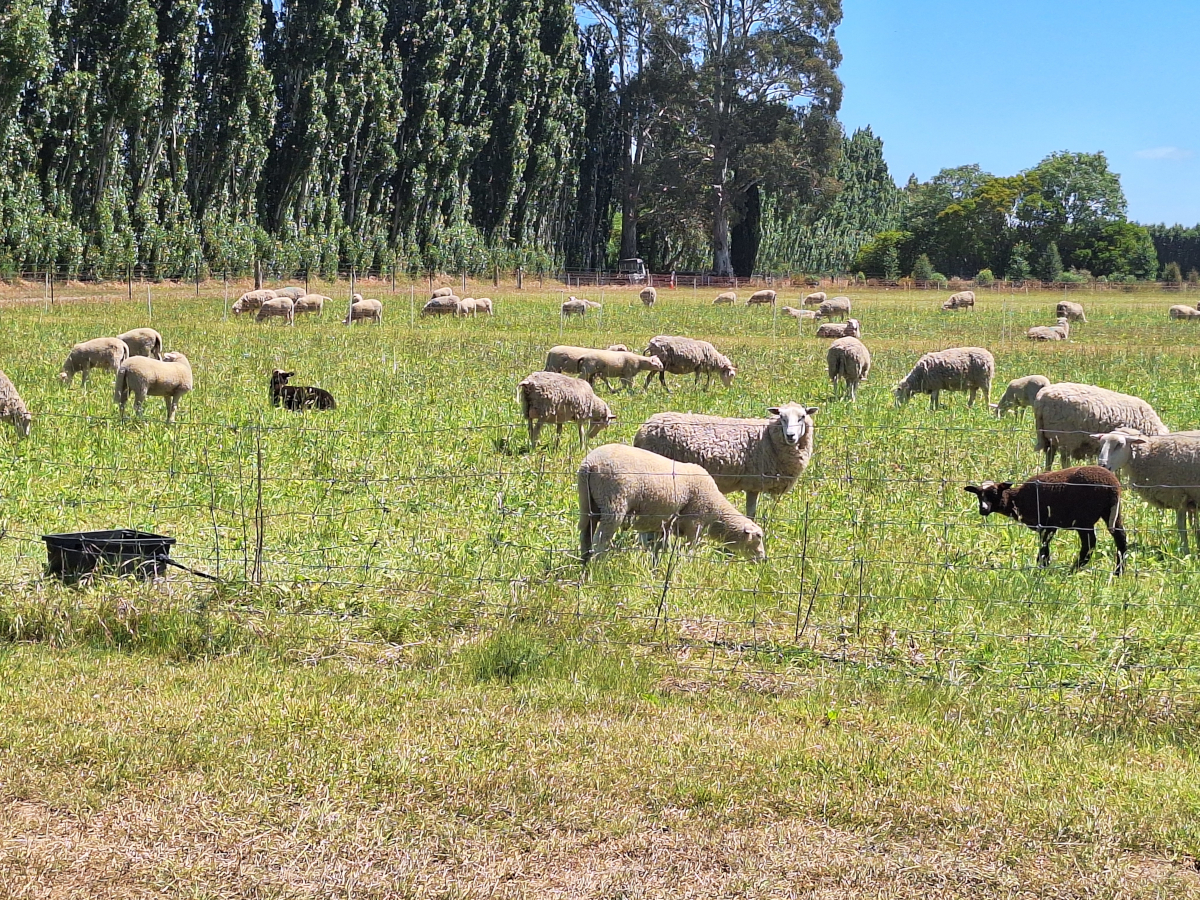The fire currently burning at Castle Hill is indicative of the dry conditions many parts of the east coast have experienced this winter/spring. We have just weaned at Lincoln and have started the ewes and lambs on a leader follower rotation around the lucerne. The weaned lambs are staying on lucerne to avoid a check with the aim to finish or sell most of them in the next month.
However, the lack of rain means there is no soil water at depth and even the lucerne is starting to struggle – I am hoping for a wet Christmas day, but hope is not a plan. So we have to assume it will stay dry and plan accordingly. This means the key now is to maintain the ewes. Those on lucerne have come through lactation at reasonable weights and we were able to make some hay during the dry periods that will provide maintenance feed for them as the summer progresses.
The sub clover has now all buried its seed and is dying amongst the cocksfoot. Those pastures can be grazed hard with the ewes and will be used to feed out hay on as we slow the summer rotation down to maximize leaf area from any rain we might receive. The lucerne and cocksfoot will respond more quickly than all other species to any rainfall. Our newly sown lucerne paddock will also provide more feed in January than the established paddocks because it has used the available soil moisture at a slower rate through spring than established pastures.
Overall, we are managing the dry with cull ewes gone and the first draft of lambs also away at weaning. Destocking is the lever we will need to use if the dry continues and that may mean selling some stores to focus on the ewes and ewe lamb replacements – that is a decision we will make in the next month depending on the rainfall! We will discuss our decision making and management to date at a field day at Lincoln University on Tuesday 10th December at 1.00pm.
